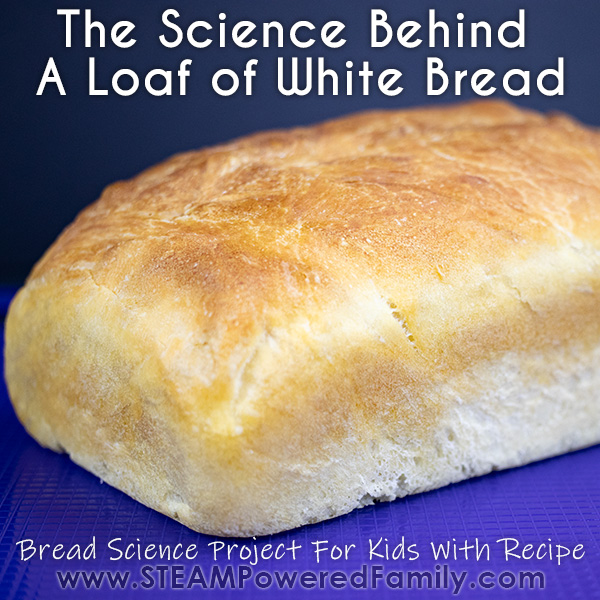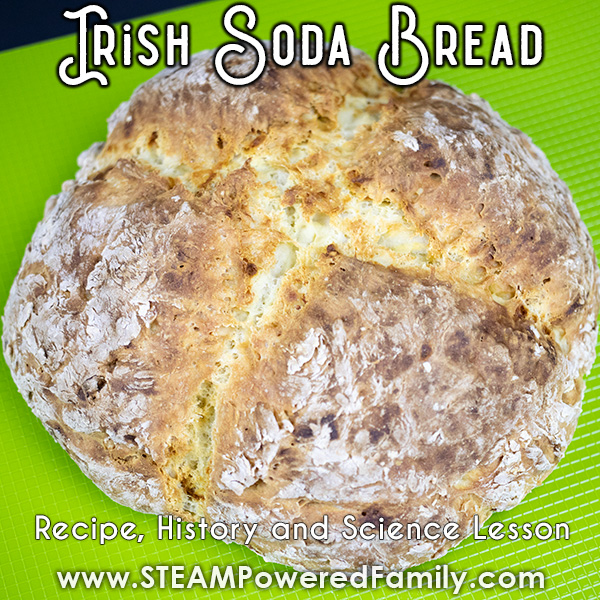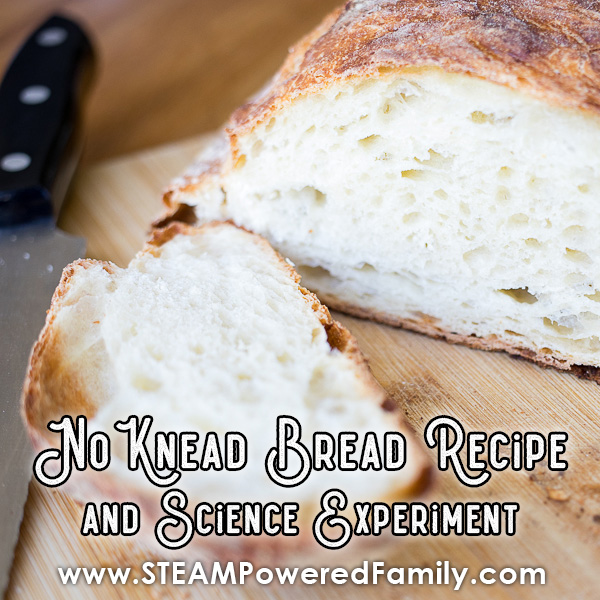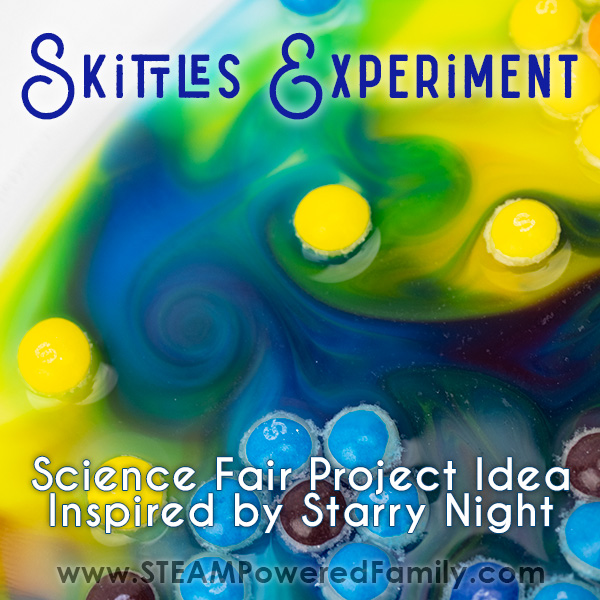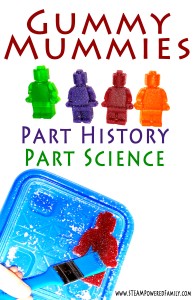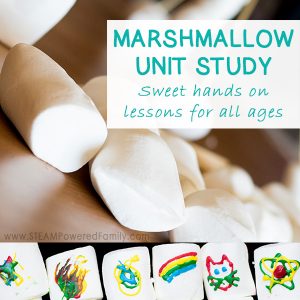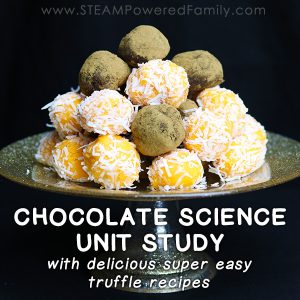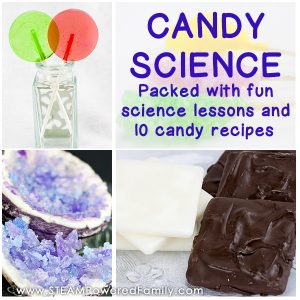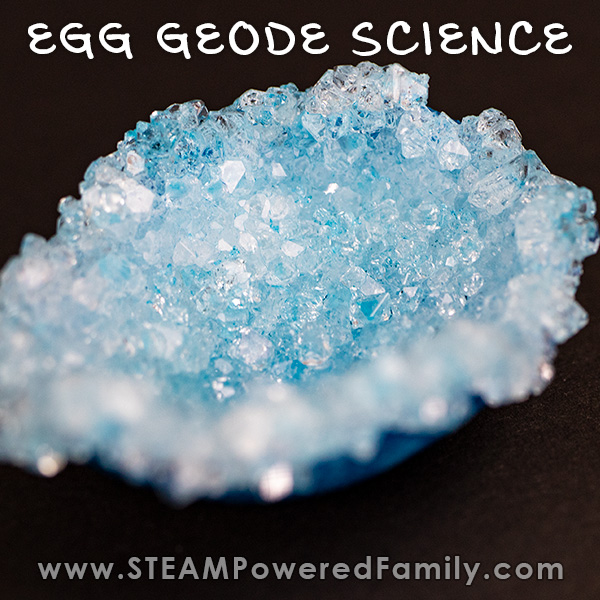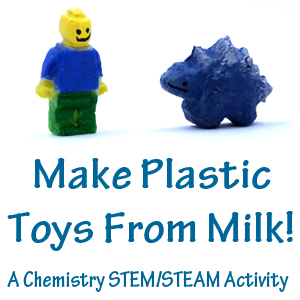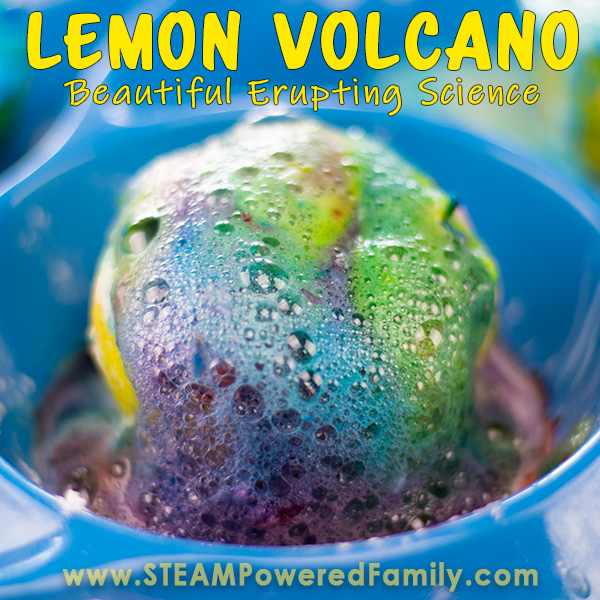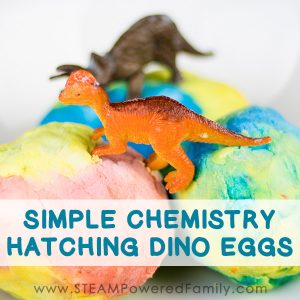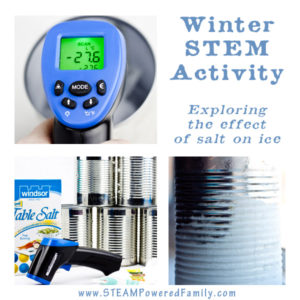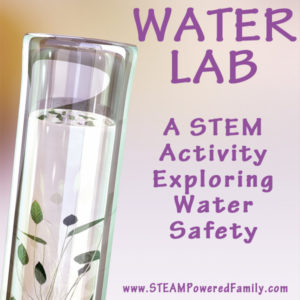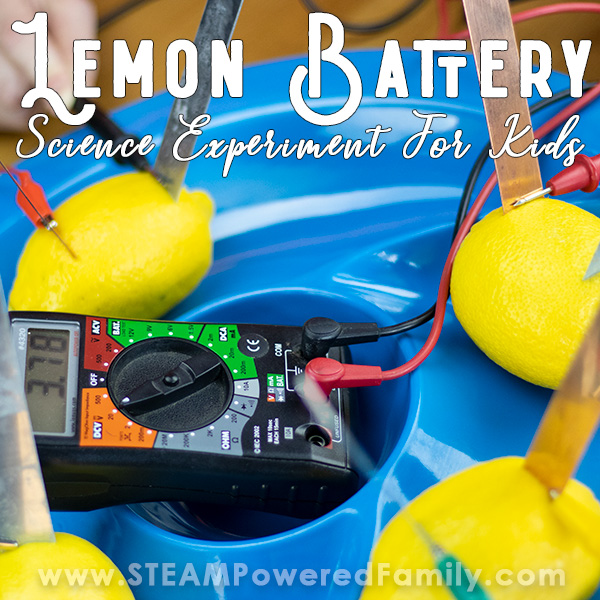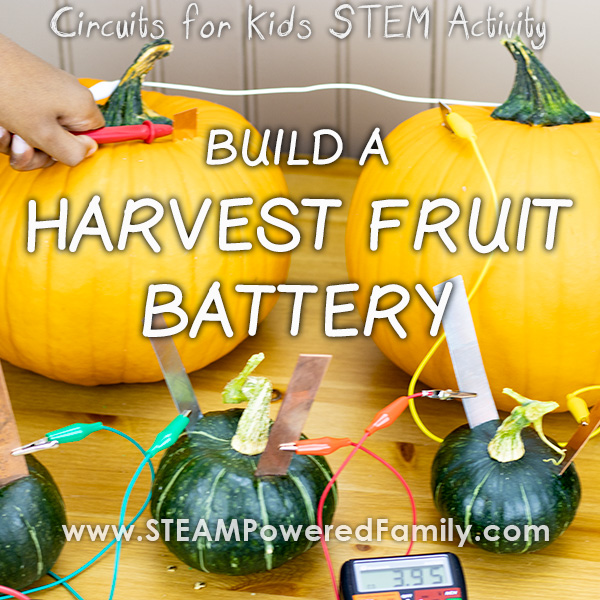40 Genius Kitchen Science Lab Projects For Kids
Playing with food, it’s something kids love to do. What’s better than playing with food? Using food to learn! Kitchen Science Lab for Kids is a fantastic way to get kids exploring with food and learning valuable science lessons. Plus, many of these activities teach healthy living principles that will help kids live healthier lives!
Kitchen Science Lab for Kids

Disclaimer: This article may contain commission or affiliate links. As an Amazon Influencer I earn from qualifying purchases.
Not seeing our videos? Turn off any adblockers to ensure our video feed can be seen. Or visit our YouTube channel to see if the video has been uploaded there. We are slowly uploading our archives. Thanks!
So how does one get started doing science labs with kids in the kitchen? The best way is to start by letting kids explore with their food. Have them make observations and talk about items in the kitchen. Cut open various foods to explore them, inside and out. Use a magnifying glass or microscope to examine items up close. Invite them to help you bake and cook. Let them see up close the transformations food can undergo in the kitchen. Let them get hands on and explore. It’s amazing the amount of learning that can happen when we let kids follow their interests.
Once you are ready to start some more structured lessons, here are some genius kitchen science lab activities for kids. Let these inspire your own kitchen science experiments!
MAKING FOOD SCIENCE LABS
Sweet Slurpee – In this science lab kids will learn how to use a little ice and salt to make themselves a sweet slurpee treat. This heat transfer activity takes a bit of time but the results are a hit every time.
How to Make Ice Cream in a Bag – A classic summer favourite, learn how to make delicious Ice Cream in a Bag using a little bit of science and a little bit of energy. Regular and dairy free recipes included.
Making Butter – Need an arm workout? Get your busy kids putting that energy to good use as they shake, shake, shake their way to some delicious, homemade butter.
Bread Science – After making butter it’s time to bake some homemade bread to pair with your delicious butter. We have made bread so many different ways, just pick the one that’s perfect for you and learn math, chemistry and more. Plus fresh baked bread tastes incredible!
USING CANDY FOR SCIENCE LABS IN THE KITCHEN
Skittles Experiment – This gorgeous experiment brings out the creative juices in kids! So easy to set up and the result is the most stunning pieces of science art. A definitely must do!
Gummy Mummies – We love making our own gummies and it wasn’t long before the kids were wondering what kind of science we could do with our gummies. This activity has a wonderful history tie in, to help broaden your lesson.
Growing Gummy Bears – A fantastic partner activity to Gummy Mummies, is to do this growing gummies experiment. Do these two activities together for even more studies and learning.
Edible Marshmallow Play Dough – For your slime and play dough obsessed kids, this is a fun way to make an edible alternative using items in the kitchen. It’s super fast and easy to do, and kids can’t resist having a little taste. For another recipe alternative, try this Edible Silly Putty.
Layered Lollipops – This activity smells amazing and kids are fascinated by the results. It takes a steady hand, but once you have layered your lollipops, the results are mesmerizing.
Want to do more science studies with sweets and candies?
Check out this Marshmallow Unit Study that will really help your students dive in and explore these soft, tasty treats.
I LOVE Chocolate. Like, love, love, love chocolate! So whenever the opportunity arises to use chocolate in our studies, I’m all over it! Especially when it results in delicious truffles. This Chocolate Unit Study is sure to keep your chocolate lovers happy.
If you have older kids and want to really challenge them, why not start make your own candies? We went deep, really deep, with this very in depth candy science study where we explored many facets of candy making, and even made a whole lot of candy. It was a fascinating study that we did over many months, and boy did we learn a lot!
SCIENCE LABS USING EGGS
Bouncy Egg Science Lab – The kids actually call this the naked egg experiment or dragon eggs, but when I came across this version that called it a Bouncy Egg Science Experiment, which I thought was a much more fitting name. No matter what you call it though, this is a fun activity, that can get a little messy, but has some great chemistry lessons.
The Egg Drop Challenge Kitchen Style – The classic egg drop challenge is an engineering lab that encourages kids to get really creative building things. But for our Kitchen Science Egg Drop Challenge we use simple items from the pantry to keep our eggs from breaking when dropped.

Egg Geodes – Create stunning crystals with this Geode making project that uses an egg shell to seed the crystals. The result is a plethora of glittery crystals that will make your kids say WOW!
CHEMICAL REACTIONS IN THE KITCHEN SCIENCE LAB
Milk Plastic – Making casein plastic is by far one of our favourite kitchen chemistry labs. The results are mind boggling and what you could create with your milk plastic is endless. We have made everything from Christmas ornaments to spooky glow in the dark pieces for Halloween. Simple, yet so much fun, this is one activity every kid should try.
Magic Milk – Don’t put away the milk yet! This experiment is magical in the way colours erupt and spread through the milk. It’s an easy experiment, that has appeal for all ages.
Lemon Volcanoes – This rainbow eruption smells incredible. An easy and fun activity that encourages exploration of chemical reactions in a safe way using natural foods.
Dino Eggs – One of the most popular acid-base reactions in the kitchen is vinegar and baking soda. It’s exciting, easy and there are so many different ways you can use this reaction to create exciting activities. Dino Eggs are a very popular version of this reaction that can be used by any age. It’s a great way to give out little gifts too!
Bottle Rockets – You can take your baking soda and vinegar reactions outside for this STEM activity that is a blast every single time! My kids especially love it when we powered up our reaction. The heights we reached were incredible!
Erupting Slime – For the slime lovers in your life, this twist on the traditional volcano science lab is sure to be a big hit. Once again it uses our baking soda and vinegar reaction, but in a unique way that is sure to wow!
Colour changing chemical reactions – Did you know you can create PH indicators with items in your kitchen? It’s simple but the results will have kids testing the PH of everything. Plus they will feel like a true scientist in the laboratory!
Colour changing lemonade – This gorgeous twist on natural PH indicators will have your kids asking for lemonade over and over again this summer.
EXPLORING DENSITY SCIENCE LAB
Lava Lamp – The homemade lava lamp activity is such a fun project to do with this. This version glows in the dark, which created some unique learning moments.
Exploring the density of sweeteners – Kids love water balloons, so when we have the chance to use them in a little science my kids get really excited! With this study we are exploring the phenomenon of the traditional Does It Float Soda Pop Can experiment. But this time we dive deeper into the science in order to use scientific principles to provide proof of concept.
WATER SCIENCE LABS AND PROJECTS FOR KIDS
Desalinization Experiment – How do you remove salt from saltwater? How does salt in water affect the buoyancy of an object? Does the amount of salt in water affect it’s density? These are just a few questions that are answered with this genius science lab that will have kids feeling like true scientists.
How Does Salt Affect Ice – Not only does salt have some significant affects when mixed with water, but it also causes some exciting and interesting things to happen when added to ice. In this STEM lab for kids, they explore how salt affects ice using some very insightful measurements.
Water Lab – Safe drinking water experiment – Water safety is a huge issue in many parts of the world. Understanding what is in our water is important for keeping kids safe. Especially when they are exploring the great outdoors. In this lab we test water from various local sources to see what is lurking beyond what we can see.
Want to find more Genius Water Projects for Kids? Make sure you check out this resource that is packed full of exciting science labs and experiments.
Build a Battery
Build a Food Battery – This kitchen science lab is for your older kids that want a true challenge. Create a potato, lemon or pumpkin battery that generates enough energy to power an LED light bulb. A fantastic activity for your older kids learning about circuits and also energy in food sources. Click the images here for more details.
Happy learning in the kitchen with these genius science lab projects for kids!





